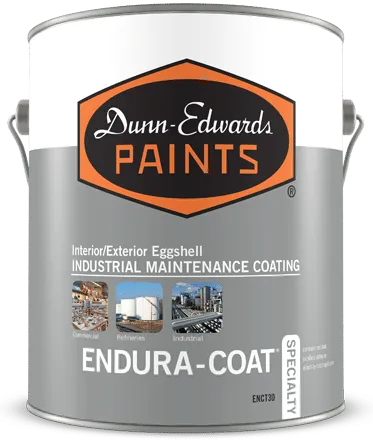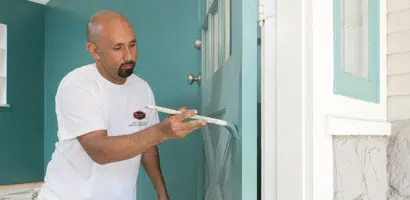The Truth About Priming
11/03/2012 | Dave Heiligenthal |
 "To prime, or not to prime?"
"To prime, or not to prime?"
This seems to be a question on the minds of many people. It is a question that can be somewhat confusing. There are a growing number of paint companies who claim that their paint is "self-priming," but do these paints really eliminate the need to prime, or are they self-priming only under certain circumstances?
Many paint manufacturers make claims of Paint and Primer in One, or market paints labeled as Self-Priming, but you really need to read the fine print. For interior drywall surfaces, most top quality paints could be considered self-priming when the main focus is to achieve adhesion or hide on un-stained walls. Self priming merely implies that the paint will adhere to a properly prepared surface. Properly prepared simply means the surface is clean, and free from any surface contaminants such as ink, pencil, food, dirt or other types of stains. In the event these stains exist, manufacturers will recommend a stain blocking primer be applied to prevent the stains from bleeding through the finish. What about drastic color changes on your interior walls? When transitioning from a dark color to a light color, primers are a much less expensive choice versus two coats of a top quality finish.
To get professional results, prime first.
It is an industry best practice to properly prime the surface before applying the paint. This practice is particularly important when dealing with exterior paints. Priming helps seal in stains, prevents rust, resists efflorescence or alkali burn, creates a smoother, even finish, and ensures superior adhesion between the top coat and the surface you're painting. When you consider all the various types of building materials available, professionals will always want to deal with those critical surfaces using the appropriate primer. For exterior paints, failing to prime can result in any number of problems including cracking, flaking, peeling, blistering, mildew, stain bleed-through, chalking, and fading. Testing done at the Paint Quality Institute, an independent industry research group, shows that even one coat of topcoat over a properly primed surface will outperform two coats of topcoat applied directly to wood.
Priming is often a step that is overlooked, and it results in increased costs from having to fix paint failures or repaint sooner. Choosing and applying the right type of primer will ensure long-lasting, professional results.
Featured Articles
-
 Best Oranges for the Perfect Summer Beach Cottage
Best Oranges for the Perfect Summer Beach Cottage
-
 Get Ready for Fall with These Trendy Color + Design Moods
Get Ready for Fall with These Trendy Color + Design Moods
-
 Try These Color Palettes To Nail A Tomato Girl Summer At Home
Try These Color Palettes To Nail A Tomato Girl Summer At Home
-
 Embracing Barbiecore: Popular Pinks Throughout The Ages
Embracing Barbiecore: Popular Pinks Throughout The Ages
-
 The Color Yellow: Essential Color Theory, Symbolism and Design Application
The Color Yellow: Essential Color Theory, Symbolism and Design Application











